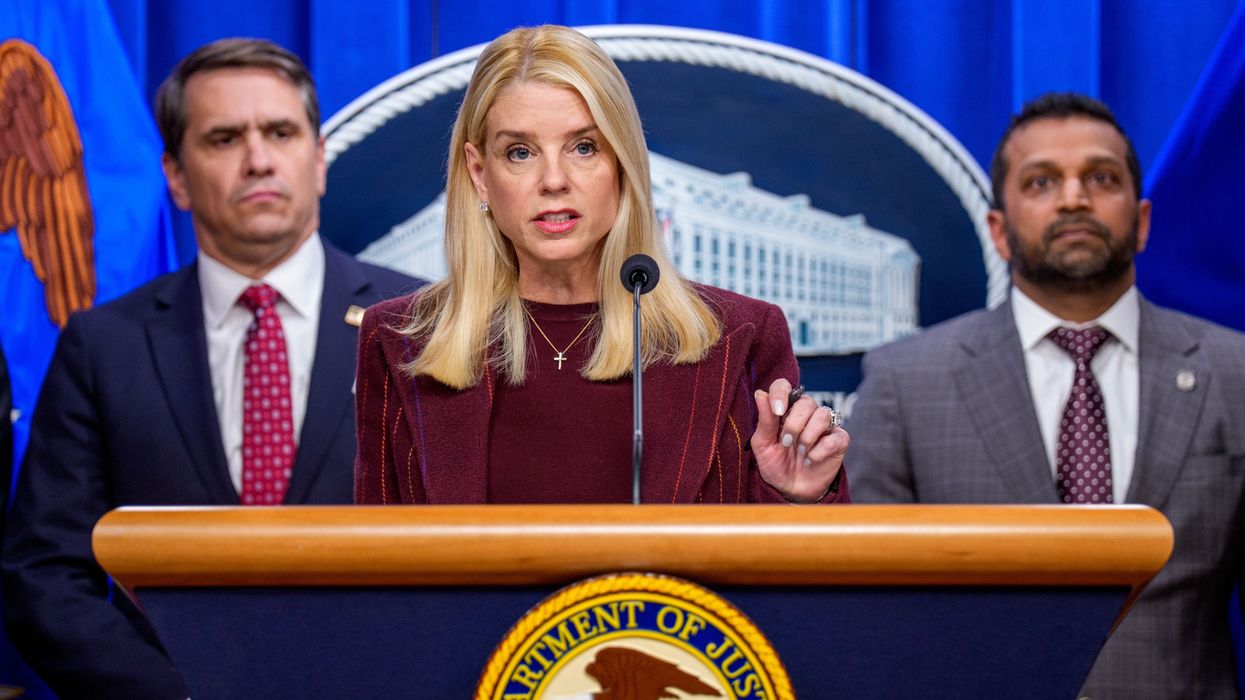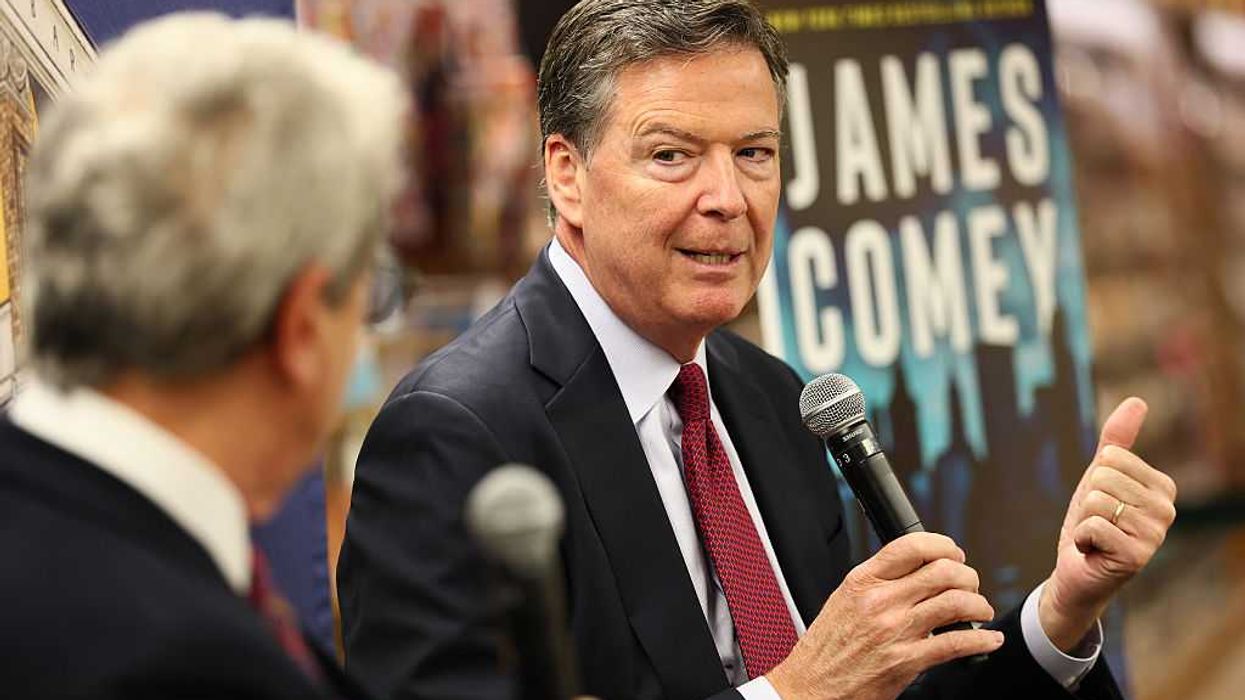Glaring Financial Conflicts of Top Official Disclosed Only After Leaving Trump's DOJ
Chad Mizelle, third-in-command at the Department of Justice, managed to serve in Trump’s administration without disclosing his financial entanglements publicly–and now, only after his departure, can we highlight his conflicts of interest.
Chad Mizelle was tapped to serve as Chief of Staff of the Department of Justice before Trump’s inauguration even took place. In that critical role, Mizelle worked closely with Attorney General Pam Bondi to implement Trump’s agenda at the Department of Justice, or in Mizelle’s own words, “everything that the President wants us to do.” But after just nine months on the job, Mizelle abruptly left administration after he brokered a settlement for Hewlett Packard Enterprises’s $14 billion acquisition of Juniper Networks, undermining the DOJ’s Antitrust Division for a political favor.
As a high-level government appointee, Mizelle was bound by ethics rules to submit a disclosure report detailing his sources of income and other financial entanglements. But despite our repeated requests, Mizelle’s financial ties haven’t been reported until now—nearly ten months after he first joined the administration, and weeks after his departure from Trump’s DOJ.
Mizelle’s financial disclosure report reveals up to $250,000 in investments in firms that the Department of Justice has pending lawsuits against, ongoing settlements to oversee, or the authority to investigate, which created conflicts of interest with Mizelle’s broad leadership role. Mizelle’s financial entanglements include:
- Between $15,001 to $50,000 in Apple
- In March 2024, the DOJ Antitrust Division sued Apple for monopolizing smartphone markets. The lawsuit is still set to move forward under Trump’s DOJ.
- Between $15,001 – $50,000 in Meta
- Meta is subject to regular review of compliance with a 2023 DOJ settlement, in which the DOJ alleged that “Meta’s housing advertising system discriminated against Facebook users in violation of the Fair Housing Act.”
- Between $15,001 – $50,000 in Visa
- In September 2024, the DOJ Antitrust Division sued Visa for monopolizing debit markets. The lawsuit is still set to move forward under Trump’s DOJ.
- Between $15,001 – $50,000 each in Union Pacific and Norfolk Southern
- In July 2025, Union Pacific announced a $85 billion proposed merger with Norfolk Southern. While the merger is subject to the Surface Transportation Board’s approval, the DOJ has the ability to weigh in.
Mizelle’s other eyebrow raising investments include between $15,001 – $50,000 in two more Big Tech companies, Oracle and Adobe (which apparently has an appetite for buying up smaller rivals).
Obtaining Mizelle’s Financial Disclosures
These potential conflicts become all the more damning when considering that none of Mizelle’s investments were publicly accessible until days before the government shut down at the earliest. To our knowledge, we are the first to report on his financial disclosures.
In July 2025, I requested Mizelle’s personal financial disclosure report (PFD), as well as any ethics waivers from the DOJ’s Departmental Ethics Office. Despite receiving confirmation of my request, as well as the disclosures of other officials, weeks and weeks passed without further word about Mizelle’s PFD.
Then, in late September, Axios reported that Mizelle was planning on leaving the DOJ. And yet, when I followed up with the DOJ Departmental Ethics Office soon after the news broke, I was told that Mizelle’s PFD was still “not finalized.” I followed up the next week, but by then, the government had shut down, and my email to the DOJ ethics office was met with an auto response: “The appropriation that funds my salary has lapsed, and as a result I have been furloughed and am currently out of the office.”
It took until November 13, the day the government began to reopen from the shutdown, for the ethics office to share Mizelle’s PFD.
The drawn out timeline for his filings seems too convenient to be a coincidence. Per the document, Mizelle obtained a 90-day extension to file his financial disclosure report. That his entanglements could pose a conflict of interest was not lost on the ethics official working on his disclosures. In July 2025, an ethics official commented on the document that Mizelle was “reminded of recusal obligations.” (Notably, my request for ethics documents did not return any ethics waivers that would have allowed Mizelle to work on issues with which he had potential conflicts of interest. But his apparent reluctance to submit run-of-the-mill financial disclosures creates the question of whether he would have sought waivers at all.)
All in all, this means that Chad Mizelle, the third-in-command at the DOJ for nine months, did not have to face public scrutiny of his financial ties to companies the DOJ was overseeing until after he left the DOJ altogether. Even without meddling on Mizelle’s part, it’s deeply concerning that he was able to operate his entire tenure, potentially working on matters pertaining to companies he was invested in, without any sort of oversight or public accountability. This ethics-evading playbook may be new, but I doubt it’s the last we’ll see of it during this Trump administration.


